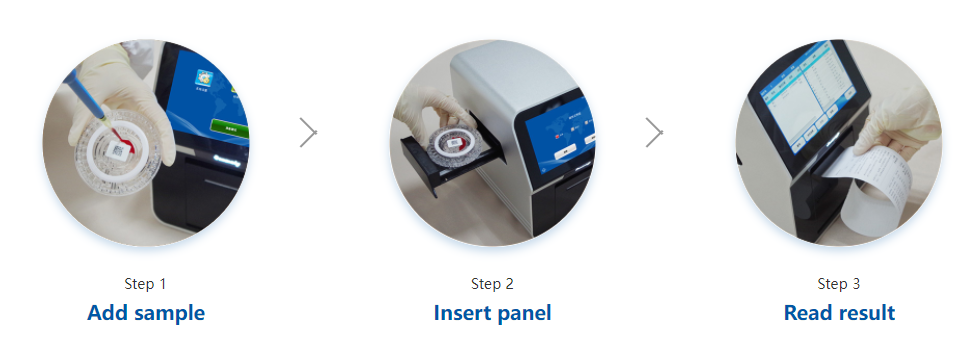release time:2021-12-24 14:55:52
To facilitate the growth of this market, Seamaty has developed and manufactured a portable POC testing instrument, the Vet Chemistry Analyzers SMT-120VP.

Animal blood biochemistry testing is an important step for the clinician to diagnose disease, but the diagnostic results do not completely determine which disease is present. The veterinarian should rely on the clinical signs of the animal, the owner's statement of the condition. In addition, the doctor should combine pathological examination, hematology, biochemical data, imaging and other processes, combined with the relevant data, and then come up with a definitive diagnosis.

2022-05-25
Medical equipment is now incorporating a variety of new technologies, and medical equipment is gradually becoming more and more automated and integrated

2022-05-07
Medical equipment is a high-risk special product directly related to personal health and safety. How to scientifically evaluate and formulate the use period of medical equipment, not only to ensure the safety and effectiveness of the product within the expiration date,

2021-10-11
First of all, you should check whether the probes and stirring rods of the biochemical machine are covered with water droplets and dirt, and whether they are bent and blocked.